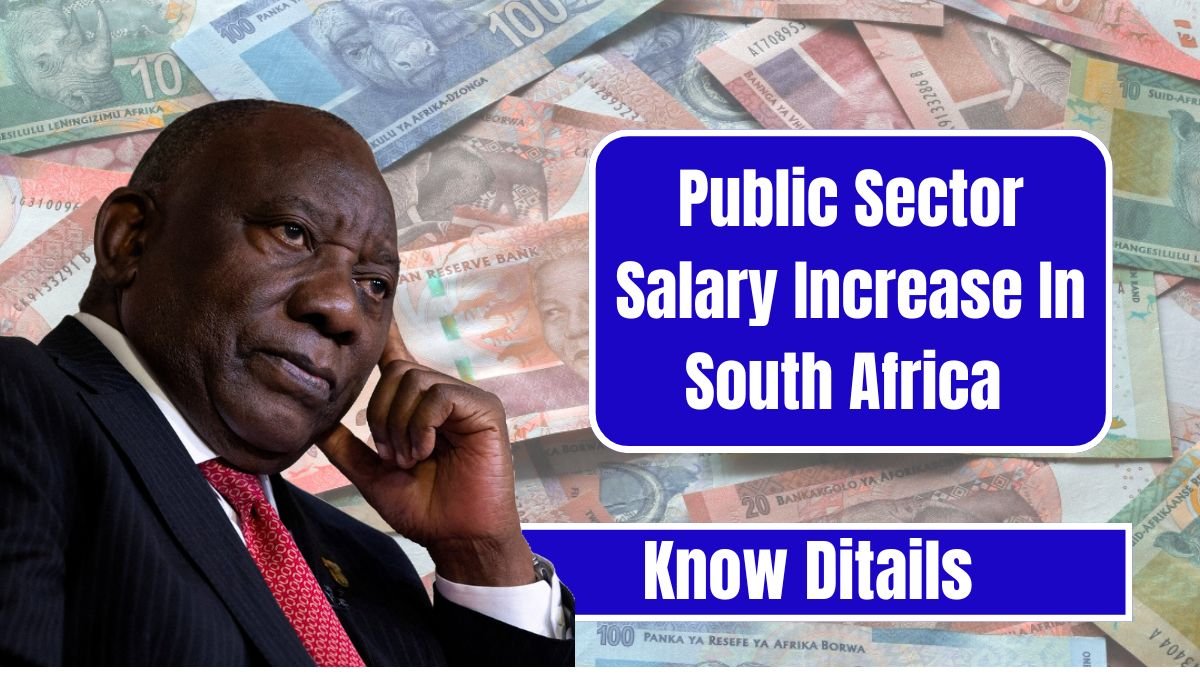The negotiations for the 2025 pay adjustment were extended in the public sector in South Africa. Therefore, it was very important to torment inflation and retain skills within a fiscally constrained ambience. This article is the continuation of a discussion on the wage deal, the arrangements, the implications, and the future challenges.
Wage Negotiations and Final Agreement
The negotiations taking place for 2025-2026 we’re under mediation by the Public Service Coordinating Bargaining Council. In February, the council declared that of all the parties thereto, 84.34% most or all agreed to a pay adjustment which will also include conversion in terms of services under Resolution 01 of 2025. While the government attempted to mollify the unions and conclude ongoing wage talks by trying to up the offer, it climbed from 5% to 5.5% offers. Almost universal increases were paid throughout the public service, very few exceptions aside, encompassing all wage levels and OSD posts.
Increase Structure & Allowances
Basic salary increases due to 5.5% are for the majority of public employees; further payments, however, were proposed by the government of R1000 as a onetime, non-pensionable cash allowance to all employees to help top up the lower grade wage earnings and housing against cost-of-living pressures. Hence, lower-grade employees, e.g. at level 1, practically witness an almost 11% increase when factoring in the allowance, as well as the base wage. From thereon, the compensation drops further for the middle and higher levels but more or less adjacent to CPI and cost adjustments. The remuneration considerations for 2026/27 and 2027/28 would be whichever CPI is so wage changes are purely for inflation.
General Application & Pay Scales
The wage increases cover all public sector employees that fall within the salary scale range 1–12. It also covers those that come under the OSD Scheme. Only pay progression (one step higher in the increment scale) will continue to be implemented where employees qualify in accordance with the relevant Sectoral Bargaining Agreements. While, on the other hand, the government promulgated measures of the earlier salary adjustments reflecting the percentage increases under the earlier wage agreements, i.e., adjustments at 5.8 % and above, but which are now only partly applicable due to the fresh wage agreements.
Challenges & Limitations
The tax bracket freeze stands up as a major challenge. The 2025 National Budget did not move up the personal income tax brackets, thus many employees stand to be pushed into higher marginal tax rates (“bracket creep”). Real take-home pay, therefore, may not improve for most of them even with a 5.5 % increase. Another challenge lies in the pressure it places on the fiscus. The compensation and allowances are going to cost the Government billions for multiple years. These constraints are economic uncertainty, volatility of inflation, and pressure on public finances. Thus, if inflation thrives, a potential call may arise from some unions and other stakeholders on another round of adjustments.
Expected Impacts & Outlook
Lower-income workers will get the cushioned support as the cash allowances solidify the salary floor. Maintaining interests and morale will allow a wage deal to stave off dismissals and to enhance morale between public servants. Meanwhile, in erosion of real income-without taxes or relief in terms of tax brackets-many among employees could come to limited gains at best.
Image Source: https://www.bookrags.com
A Fiscal Challenge: There had been one of the adverse effects on the fiscal space of the country. Nevertheless, a general increase in the wage bill could possibly curtail expenditure in a few other areas. Meanwhile, attention will shift to the implementation much further on from these increases and whether or not any sort of future wage dispute, as inflation will spike higher than expectations, will demand more than what has thus far been agreed upon. It is in the link to CPI that, therefore, forms the basis for some degree of respect, but also some degree of uncertainty, as CPI can indeed go much too far in the other way.
also read : SASSA October Grant Payouts: Key Dates and Updates for Beneficiaries
